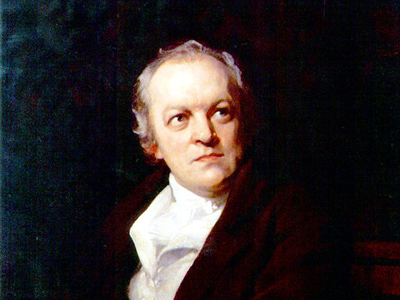
Painter - William Blake
William Blake was born on the 28th of November 1757 in Soho, London. He was a spiritual child and had visions of God and of the prophet Ezekiel. This spirituality remained with him throughout his life.
His education in art began at the age of ten, and when he completed his apprenticeship as an engraver at the age of 21, he was admitted to the Royal Academy of Art's Schools of Design, where he began exhibiting his own works in 1780.
Having established himself as an engraver, Blake began to receive commissions for his watercolours and he painted scenes from the works of Milton, Dante, Shakespeare and the Bible.
Enitharmon is a character of Blake's own creation, being the embodiment of spiritual beauty and poetic inspiration
"And pity, like a naked new-born babe,
Striding the blast, or heaven's cherubim, hors'd
Upon the sightless couriers of the air."
From which Shakespeare play is this taken?
Ready for more?
not all...
quizzers. Try to win a coveted spot on our Hall of Fame Page.





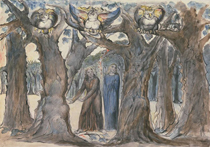
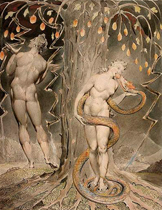
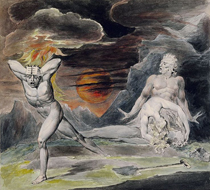
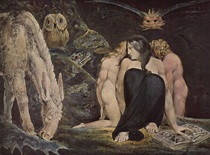
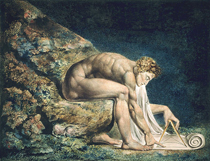
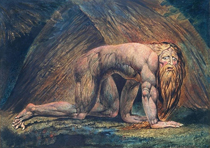
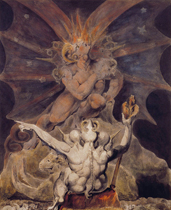
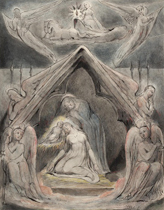
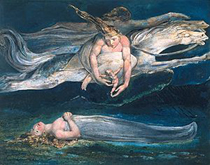
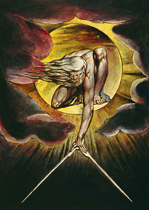



"Here the repellent harpies make their nests,
Who drove the Trojans from the Strophades
With dire announcements of the coming woe.
They have broad wings, a human neck and face,
Clawed feet and swollen, feathered bellies; they caw
Their lamentations in the eerie trees"